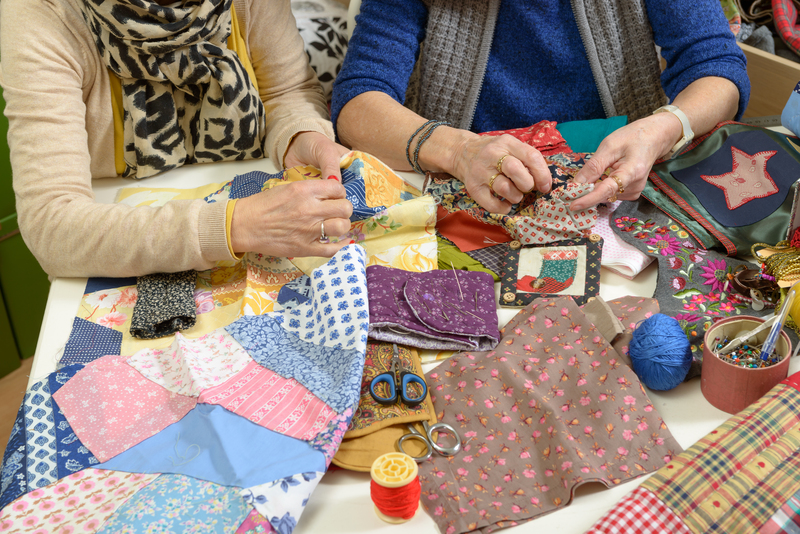Eco-Friendly Tips for School Projects
Posted on 06/05/2025
As environmental awareness grows, integrating eco-friendly practices into daily life becomes increasingly essential, especially in education. By incorporating sustainable methods into school projects, students not only learn valuable lessons about environmental stewardship but also contribute to a healthier planet. Below are some eco-friendly tips to help make your school projects more sustainable.
1. Use Recycled Materials
One of the simplest ways to make your school project eco-friendly is to use recycled materials. Instead of purchasing new supplies, look around your home for items like cardboard, paper, and plastic containers that can be repurposed. Not only does this reduce waste, but it also teaches resourcefulness.

2. Go Digital
Whenever possible, opt for digital presentations, reports, and submissions instead of printed copies. Utilizing tools like PowerPoint, Google Slides, or Prezi can create engaging presentations while saving paper. Additionally, sharing digital documents through email or cloud storage reduces the need for physical copies.
3. Choose Sustainable Resources
When new materials are necessary, select options that are environmentally friendly. Look for supplies made from renewable resources, such as bamboo or recycled plastic. Markers and paints should be non-toxic and biodegradable if possible.
4. Minimize Energy Usage
Consider the energy consumption of your project. Use natural light whenever possible, and opt for energy-efficient devices if you need to use electronic equipment. For example, choose LED lights over traditional incandescent bulbs for any lighting needs.
5. Incorporate Natural Elements
Integrate natural elements into your project. Using plants, stones, or wood can not only enhance the aesthetic appeal but also reduce the reliance on synthetic materials. Projects like garden designs or nature studies naturally lend themselves to incorporating these elements.
6. Educate and Advocate
Make your project a platform for raising awareness about environmental sustainability. Incorporate information and tips about eco-friendly practices and explain the importance of reducing our environmental footprint. Advocate for school-wide initiatives such as recycling programs or energy conservation measures.
7. Reuse and Repurpose
After your project is completed, consider how its components can be reused or repurposed for future projects. This approach not only saves resources but also promotes a culture of sustainability and creativity.
8. Plan Efficiently
Planning ahead can significantly reduce waste. Estimate the exact amount of materials you'll need and try to prevent excess. Efficient planning ensures that you only use what is necessary and minimizes leftover materials.
Pros and Cons of Eco-Friendly School Projects
Pros:
- Reduces waste and conserves resources
- Promotes environmental awareness and responsibility
- Encourages creativity and resourcefulness
- Can potentially save money by reusing materials
Cons:
- May require more time and effort to source sustainable materials
- Limited availability of eco-friendly supplies in some areas
- Potential higher upfront cost for certain sustainable materials
Practical Tips for Success
- Start early to give yourself time to gather recycled materials.
- Educate yourself about sustainable practices and resources.
- Collaborate with classmates to share materials and ideas.
- Seek guidance from teachers who may have experience with eco-friendly projects.

Key Takeaways
Incorporating eco-friendly practices into school projects is a valuable step towards environmental sustainability. Using recycled materials, opting for digital solutions, choosing sustainable resources, and minimizing energy usage are all effective strategies. Though there can be challenges, the benefits of promoting environmental responsibility and creativity make it a worthwhile endeavor.
Conclusion
Adopting eco-friendly practices for school projects not only helps preserve our planet but also instills important values in students. These projects teach the importance of sustainability, encourage creative thinking, and demonstrate how small changes can make a significant impact. By following the tips outlined above, you can create impressive and environmentally conscious projects that benefit both your education and the world around you.


 office@benandjerry.org.uk
office@benandjerry.org.uk https://benandjerry.org.uk/
https://benandjerry.org.uk/

